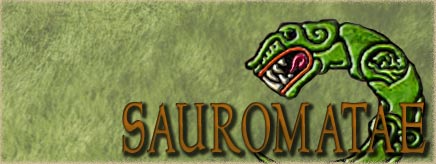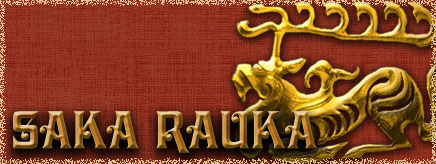Hey guys,
I know this is a bit out of EB time frame but I'm sure most peeps here have a good knowledge of this time period.
Through the number of engagments Alexander army had the army of Darius III how would his phalanx and cavalry delt with the number and I imagine good quality of Persian archers?



 Reply With Quote
Reply With Quote











 from Hannibal Khan the Great, Brennus, Tellos Athenaios, and Winsington III.
from Hannibal Khan the Great, Brennus, Tellos Athenaios, and Winsington III.

Bookmarks